Nous comprenons tous que les voitures doivent être entretenues, Mais la plupart des gens ne comprennent pas comment les maintenir. Ils suivent simplement le plan recommandé fourni par le magasin 4S pour l'entretien de la voiture.
En fait, il faut avoir du bon sens dans l'entretien automobile, comme les pièces suivantes. Peu importe comment va la rumeur, nous devons les remplacer à 60000 kilomètres.
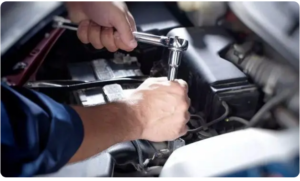
Parce que 60000 kilomètres est un “gros obstacle” pour les voitures neuves, si ces composants ne sont pas remplacés en temps opportun, il est facile de laisser des dangers pour la sécurité!
Suggestion pour les propriétaires de voitures: Après avoir atteint 60000 kilomètres, Même si ces pièces ne sont pas endommagées, Ils devraient être remplacés. Ne le laissez pas passer à l'oreille!
1. Huile de véhicule entier
Par exemple, huile de freinage, antigel, etc., sont également l'un des facteurs qui empêchent les dysfonctionnements des véhicules. Après avoir conduit 100000 kilomètres, il est particulièrement nécessaire de passer à un niveau d'huile plus élevé. Les composants du moteur peuvent subir une tension après 100000 kilomètres. L'utilisation d'un niveau d'huile plus élevé peut protéger les composants critiques et ralentir la survenue d'une contrainte excessive sur les composants du moteur.
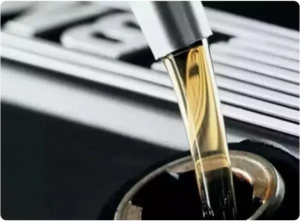
2. Plaquettes de frein
En conduisant sur la route, La configuration de la voiture doit être vérifiée plusieurs fois et remplacée en temps opportun. Il ne peut pas être réalisé du jour au lendemain, surtout s'il y a un problème avec le système de freinage, ce qui peut facilement provoquer un dysfonctionnement. Par conséquent, Le mécanicien rappelle à tout le monde lorsque la voiture voyage 60000 kilomètres, il doit être remplacé en temps opportun. Il a déjà atteint un temps extrême.
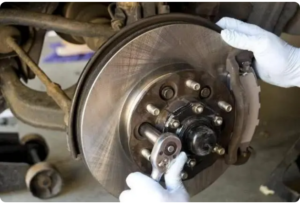
3. Filtre à essence
Ce composant doit généralement être remplacé après 60000 kilomètres, Parce que son existence est de filtrer les impuretés dans le carburant de la voiture, Rendre notre moteur plus puissant et plus puissant. Si nous ne remplacons pas le moteur lorsqu'il doit être remplacé, Nous constatons que la consommation de carburant de notre voiture augmente et accélère progressivement, manque de force, et même accompagné de divers bruits anormaux, conduisant au moteur entrant dans le bord de la suppression.
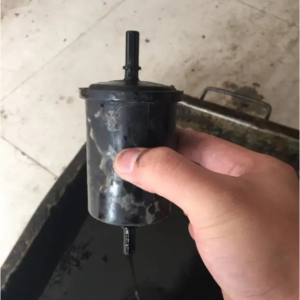
4. Cycle de remplacement des pneus
En général, Les pneus de voiture peuvent durer 5-8 années ou voyages 50000 à 100000 kilomètres. Ces valeurs ne sont pas absolues et doivent être déterminées en fonction de l'utilisation réelle. Conditions routières, habitudes de conduite, entretien, qualité des pneus, et d'autres facteurs peuvent tous affecter leur durée de vie spécifique.
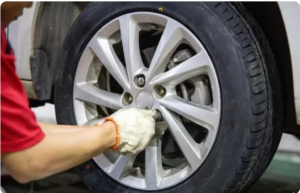
Les rainures des pneus sont généralement conçues avec des points d'indicateur d'usure. Si une usure sévère des pneus est trouvée et que le pneu s'approche de la position du point de l'indicateur, il doit être remplacé en temps opportun. Des inspections quotidiennes doivent être effectuées pour vérifier les fissures, renflements, et d'autres conditions. Si les fissures sont grandes et profondes, et des renflements se produisent, ils doivent être remplacés en temps opportun.
5. Nettoyer régulièrement les dépôts de carbone
Pour la plupart des propriétaires de voitures, ils ne sont peut-être pas étrangers aux dépôts de carbone des voitures, mais il semble que la plupart des propriétaires de voitures ne savent pas comment nettoyer les dépôts de carbone.
pourtant, pour l'élimination des dépôts de carbone, car la plupart des gens ne le connaissent pas très bien, la plupart des pièces principales de la voiture ne sont tout simplement pas fabriquées. pourtant, l'accumulation prolongée de carbone a également un certain impact sur les performances de la voiture.
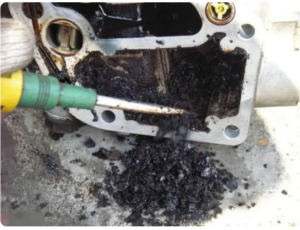
Quels sont les risques de ne pas nettoyer les dépôts de carbone en moteur en temps opportun?
Le moteur est le «cœur’ d'un véhicule, Et l'huile est le «sang’ qui coule à l'intérieur du «cœur», Mais saviez-vous?
Pendant le fonctionnement du moteur, Des dépôts de carbone peuvent se produire. Les dépôts de carbone mineurs ne nécessitent pas de traitement spécial. Si des dépôts de carbone excessifs adhèrent aux vannes d'admission du moteur, cylindres, pistons, bougies, et d'autres pièces, l'attention doit être accordée!


